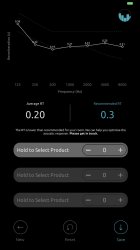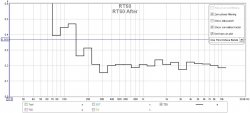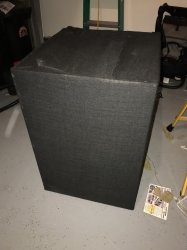Matthew J Poes
AV Addict
Thread Starter
- Joined
- Oct 18, 2017
- Messages
- 1,903
ok I know my starting premise is a straw man to begin with. It’s not a game to be won or lost. None the less I’ve at times felt a bit like the use of correction is somehow cheating. That the speakers and room should be right to begin with.
Not that I care if it is cheating, this is about enjoyment. If I enjoy music and movies more, then it is better.
Now the real point. I’ve been asked to attend AXPONA with an importer to address his acoustic needs. His gear is purist in nature. Tube amplifiers and high quality DACs and speakers. It feels to me like the right solution is to keep a purist approach and avoid additional things in the signal chain and focus on the rooms acoustics. Do it right and I’ve helped put this importer on the map. His room will be the talk of the town, so to speak. Do it wrong and any failures in sound quality are on me.
Here’s the rub, I know that if I just place a Dirac room correction device in the digital signal path, I could leave half those panels at home and likely achieve superior results. It could correct for significant room distortions that I would otherwise have trouble resolving.
Not that I care if it is cheating, this is about enjoyment. If I enjoy music and movies more, then it is better.
Now the real point. I’ve been asked to attend AXPONA with an importer to address his acoustic needs. His gear is purist in nature. Tube amplifiers and high quality DACs and speakers. It feels to me like the right solution is to keep a purist approach and avoid additional things in the signal chain and focus on the rooms acoustics. Do it right and I’ve helped put this importer on the map. His room will be the talk of the town, so to speak. Do it wrong and any failures in sound quality are on me.
Here’s the rub, I know that if I just place a Dirac room correction device in the digital signal path, I could leave half those panels at home and likely achieve superior results. It could correct for significant room distortions that I would otherwise have trouble resolving.




















